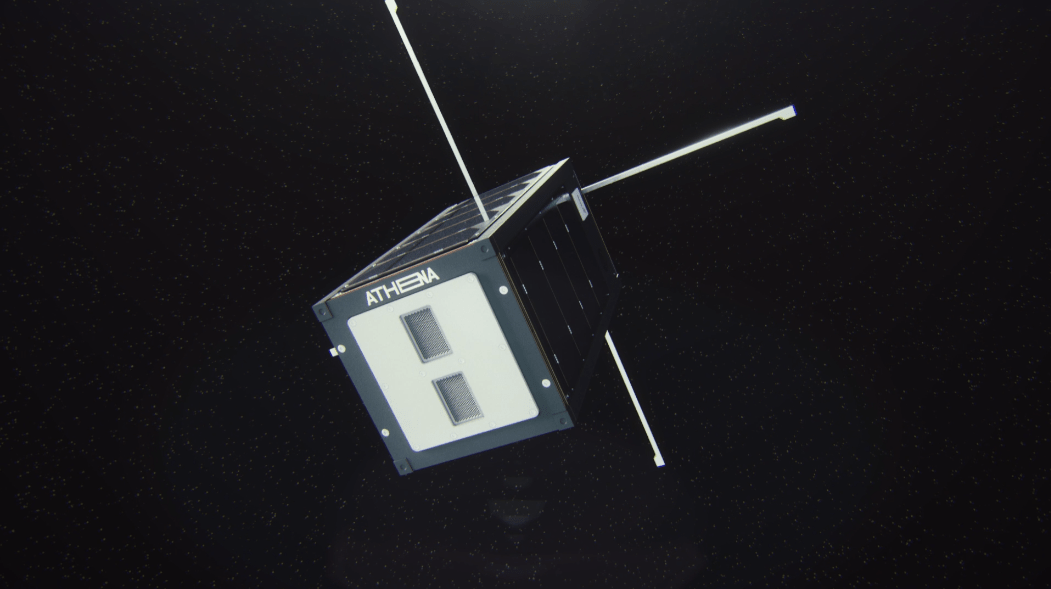TAMPA, Fla. — Spanish small satellite propulsion developer Ienai Space has raised 3.9 million euros ($4.2 million) to start demonstrating electrospray thrusters in low Earth orbit around the end of this year.
The five-year-old startup said June 17 it has raised about seven million euros in total to help develop ATHENA, or Adaptable THruster based on Electrospray for NAnosatellite, a modular propulsion system about half the size of a standard cubesat measuring 10 centimeters a side.
Designed for satellites between three and 50 kilograms, ATHENA uses electricity to disperse liquid salts and has a 30-50 micronewtons per watt thrust-to-power ratio.
Daniel Grande, Ienai CEO and co-founder, said its funding came after passing a European Space Agency preliminary design review that included firing the thruster for nearly 400 hours — the longest firing of an ionic-liquid electrospray thruster in Europe announced to the public.
According to Grande, Ienai has received requests from European satellite makers for quotes totaling about 30 million euros, mainly from the Earth observation market, and expects to build traction in the United States and elsewhere soon.
Other electrospray satellite propulsion developers include Boston-based Accion Systems, sold to New York venture capital firm Tracker Capital in 2021, and Ion-X of France.
Early flight demos
Ienai aims to begin delivering thrusters commercially next year following successful in-orbit demonstrations.
The first demonstrator is set to join a spacecraft from Dutch cubesat maker ISIS Space (Innovative Solutions In Space), which is hitching a ride on the second flight of Europe’s next-generation Ariane 6 rocket, tentatively scheduled around the end of 2024.
Grande said a separate ATHENA demonstrator is due to fly in early 2025 on a spacecraft from Bulgaria’s Endurosat, which has lined up a launch on what would be the second flight for German rocket developer Isar Aerospace’s Spectrum vehicle. Ienai, Endurosat and Portuguese space traffic management provider Neuraspace also aim to demonstrate a collision avoidance system during this mission.
The European Space Agency and its partners recently announced a July 9 launch date for Ariane 6’s maiden flight, while Isar Aerospace is working toward its first Spectrum mission before the end of 2024.
In the meantime, Grande said Ienai is close to launching a mission analysis software tool for satellite designers to generate early revenues.
Ienai also aims to use the extra funds to expand a team of 22 people to 30 this year across facilities in Spain and Sweden.
Spanish early-stage investor GED Capital led the seed round with heavy support from Spain’s CETI, a publicly backed investor that matches private investments.
